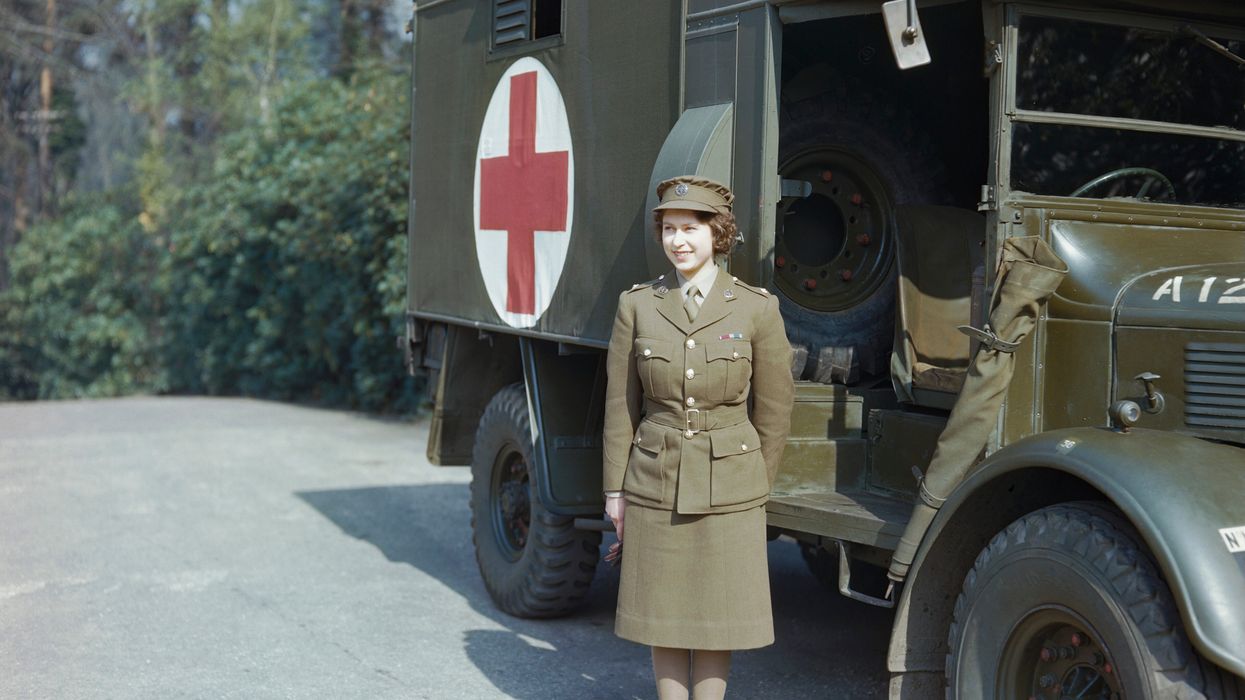History is filled with stories of women who showed courage and resilience, even when society viewed them as inferior. One such woman was Sarah Campbell, known as "Aunt Sally." Unfortunately, her story remains largely untold and almost forgotten. Despite being born into slavery, she became one of the first female entrepreneurs and the first woman to join the Black Hills gold rush, according to SDPB (South Dakota Public Broadcasting).
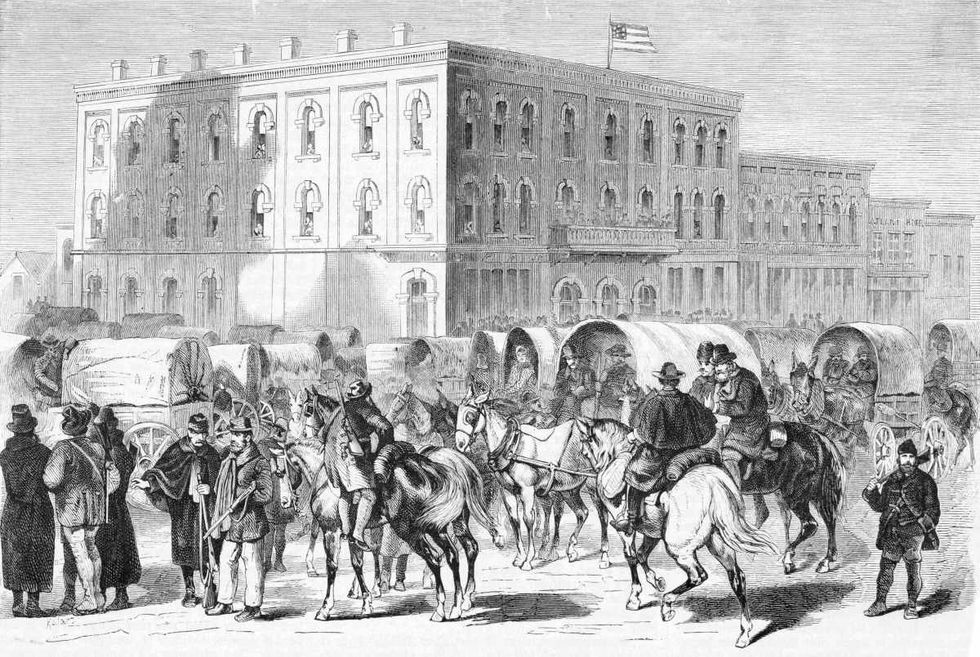
Sarah was born in Kentucky on July 10, 1823, to an enslaved woman named Marianne. Marianne's master promised in his will to free Sarah after Marianne's death. However, when Marianne died in 1834, he broke that promise and kept Sarah enslaved.
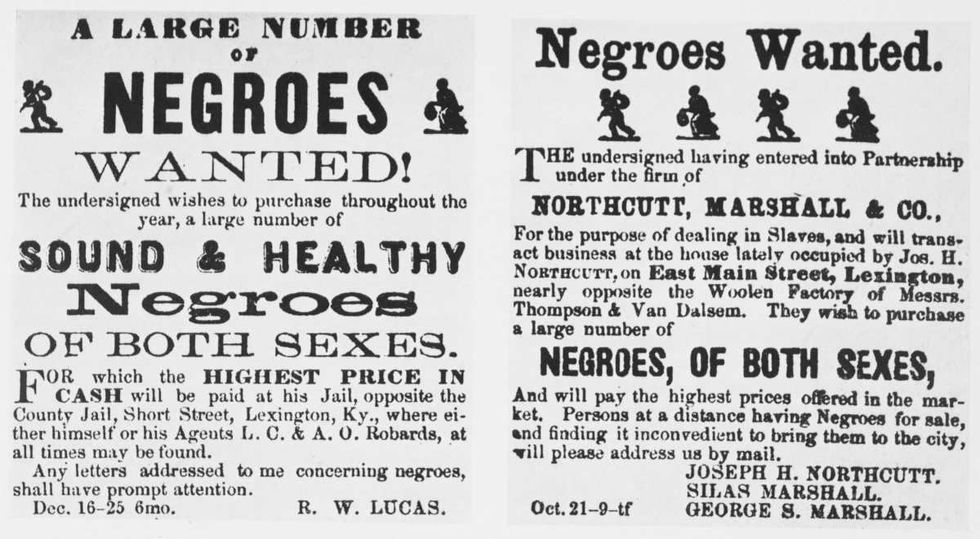
Instead, he sold the twelve-year-old girl to Henry Chouteau, the cousin of Pierre Chouteau, the founder of Fort Pierre in the Dakota Territory. Soon enough, Sarah was sold again to a steamboat owner who hired her as a cook for the boat’s kitchen. For the following two to three years, the young girl worked diligently in the kitchen, cooking, and catering meals for the passengers. Then, her life took a drastic turn.
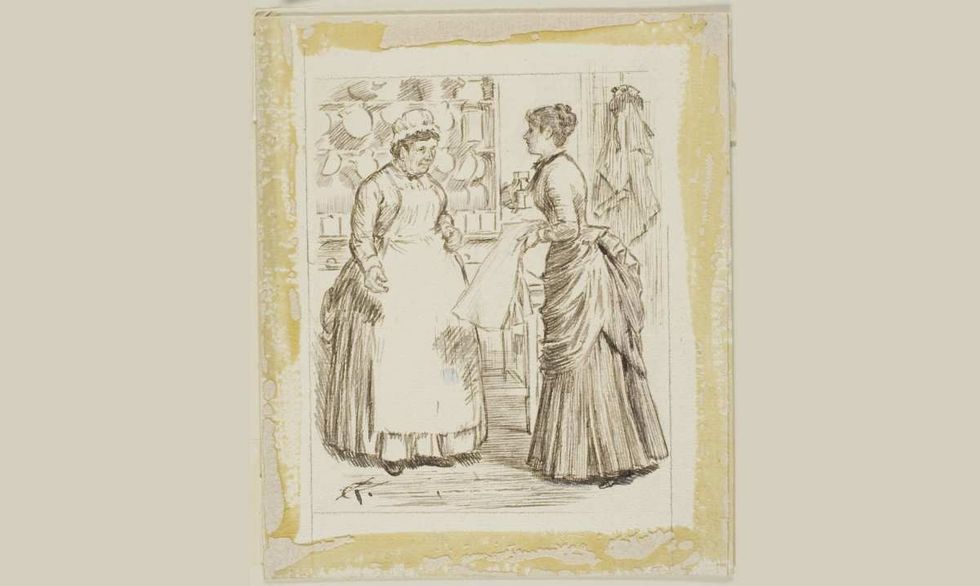
In 1837, while she was serving the meals to the passengers, she came to know that one of the passengers on board was a lawyer. Sarah fearlessly revealed her past to the man and pleaded with him to help her gain freedom. The lawyer did help her become free, also getting some remuneration approved for her on account of illegal slavery. She was now fourteen years old, and free. All by herself, she embarked on a journey to Bismarck, now the capital city of North Dakota, on the east bank of the Missouri River.
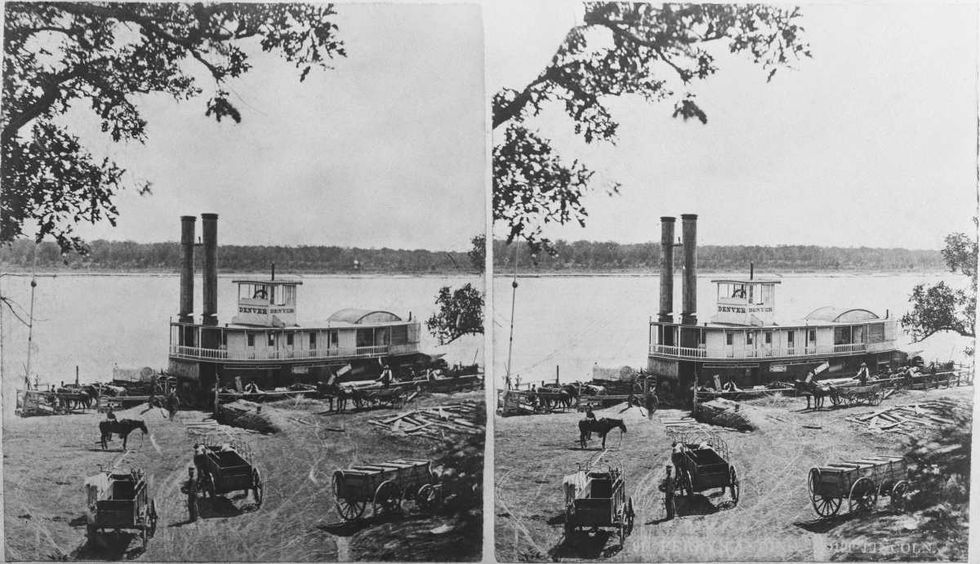
In Bismarck, Sarah started her own business, working as a laundress, cook, and midwife. In 1839, she married a man named Campbell. A year later, she bore a son out of the marriage. Eventually, she came to be known as the first woman to own a property and an independent business in a Dakota Territory town.
In 1874, the U.S. government sent General George Custer on the Black Hills Expedition to choose a location for a new Army fort and to investigate the area's natural resources. The expedition's confirmation of gold in the region drew thousands of people to the Black Hills, per PBS. Sarah started working as a camp cook, providing services to the military units at what would be known as Fort Abraham Lincoln.

Custer’s role in Sarah’s life is considered pivotal, for, his one proposal changed her life forever. He hired Sarah as a cook and laundress for 1100 soldiers working in the 7th Cavalry on the Black Hills Expedition. She was the first non-native American woman to enter the Black Hills.
A few years later, Sarah also became the first woman to own a gold mining site on French Creek in what would become the town of Custer, South Dakota. Wealthy, independent, and mightier than ever, she bought a ranch and raised cattle to give supplies of fresh beef to miners. She even hired miners to dig a silver mine that she named “Alice Lode,” which became a source of substantial income for her. She eventually sold the silver mine for $500, as per Black Hills Visitor.
The 19th-century entrepreneur passed away on April 10, 1888, at the age of 64. She took her last breath in Galena and was buried in Galena’s Vinegar Hill cemetery. The historical character of “Aunt Sally” was portrayed by an American history teacher in South Dakota, Joyce Jefferson at the Campbell County Rockpile Museum, as reported by Gillette News Record. Her story has also been recorded in the book “Sarah Campbell: The First White Woman in the Black Hills Was African American” by Liliah Morton Pengra.





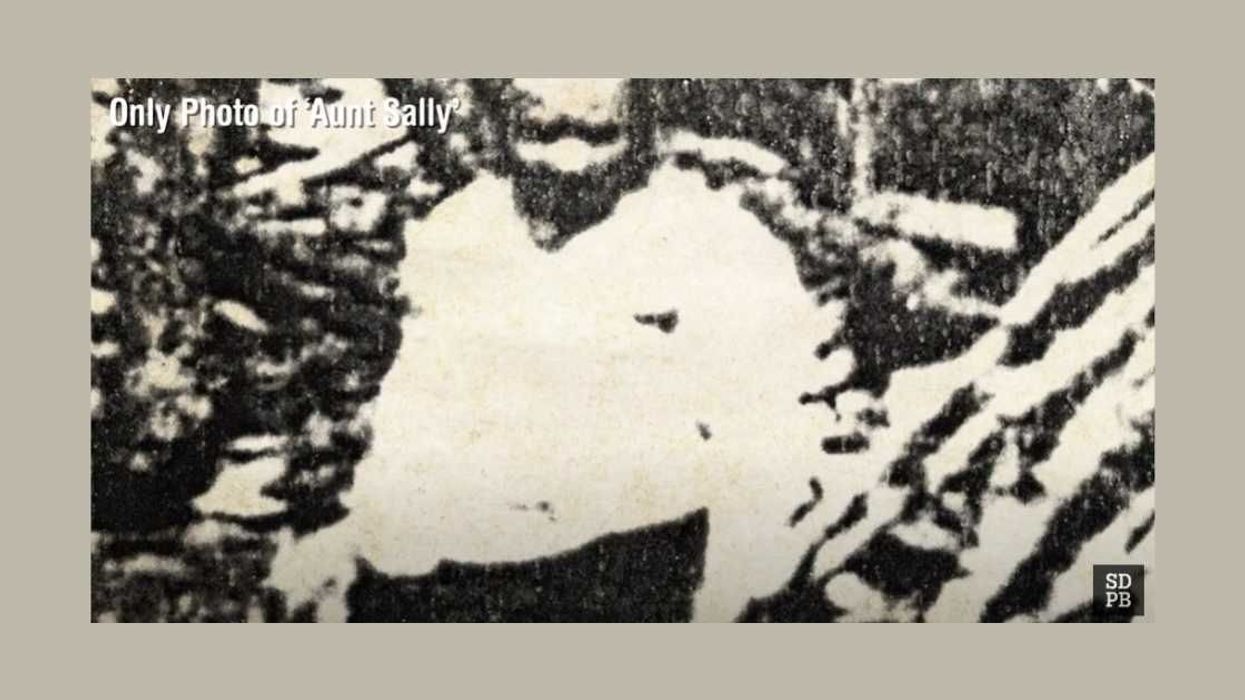











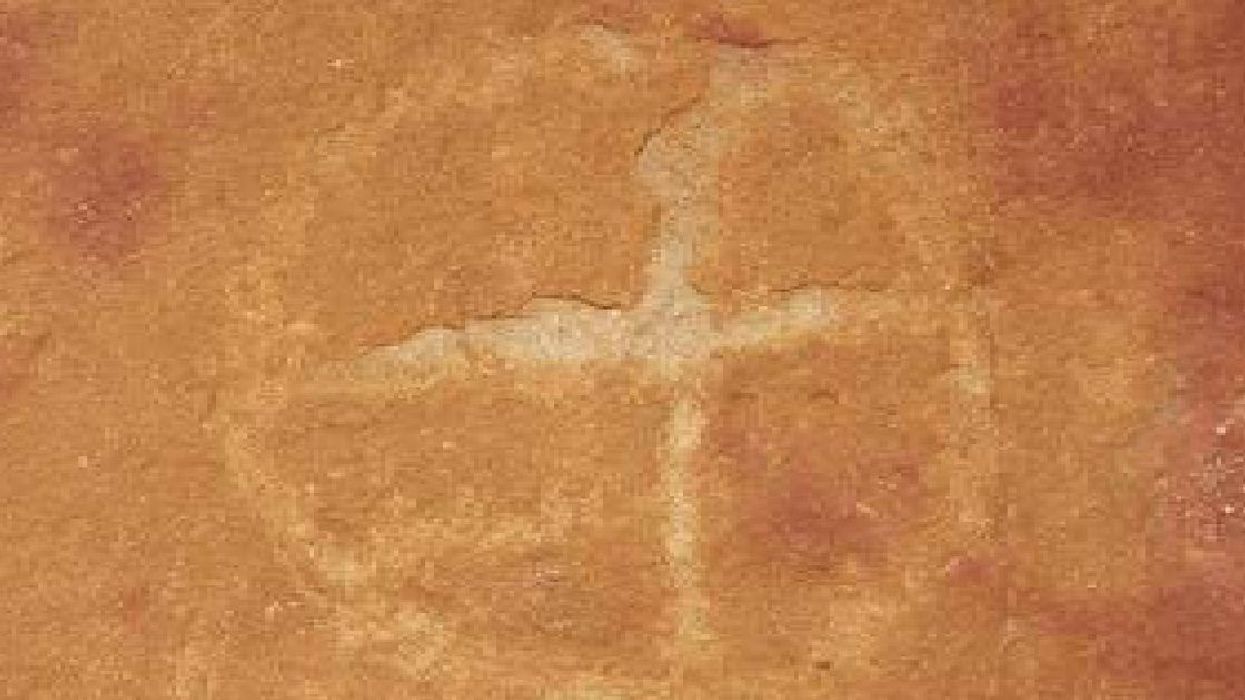
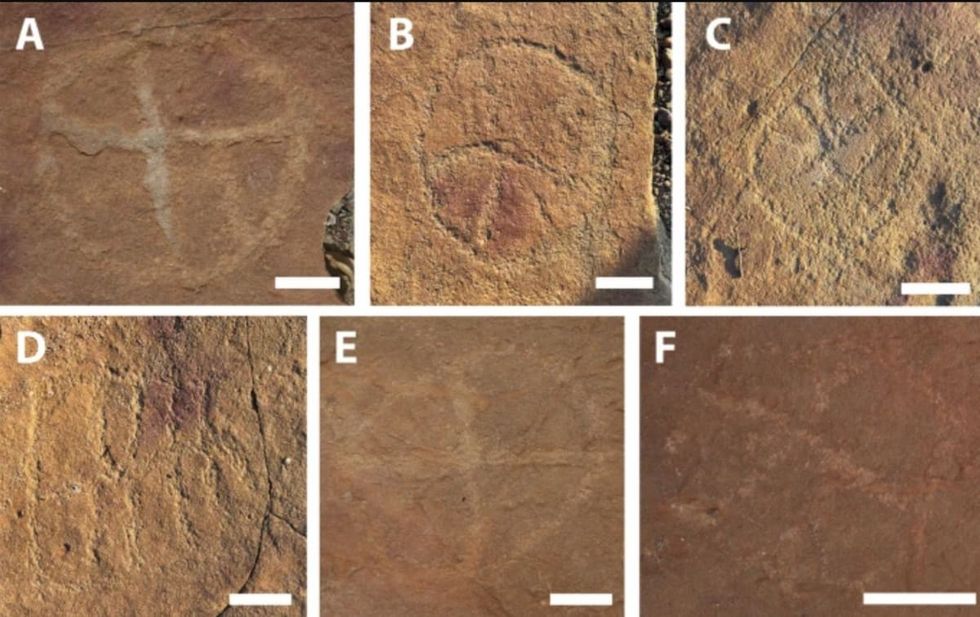 Image frmo Scientific Reports of ancient artwork. Image Source:
Image frmo Scientific Reports of ancient artwork. Image Source: 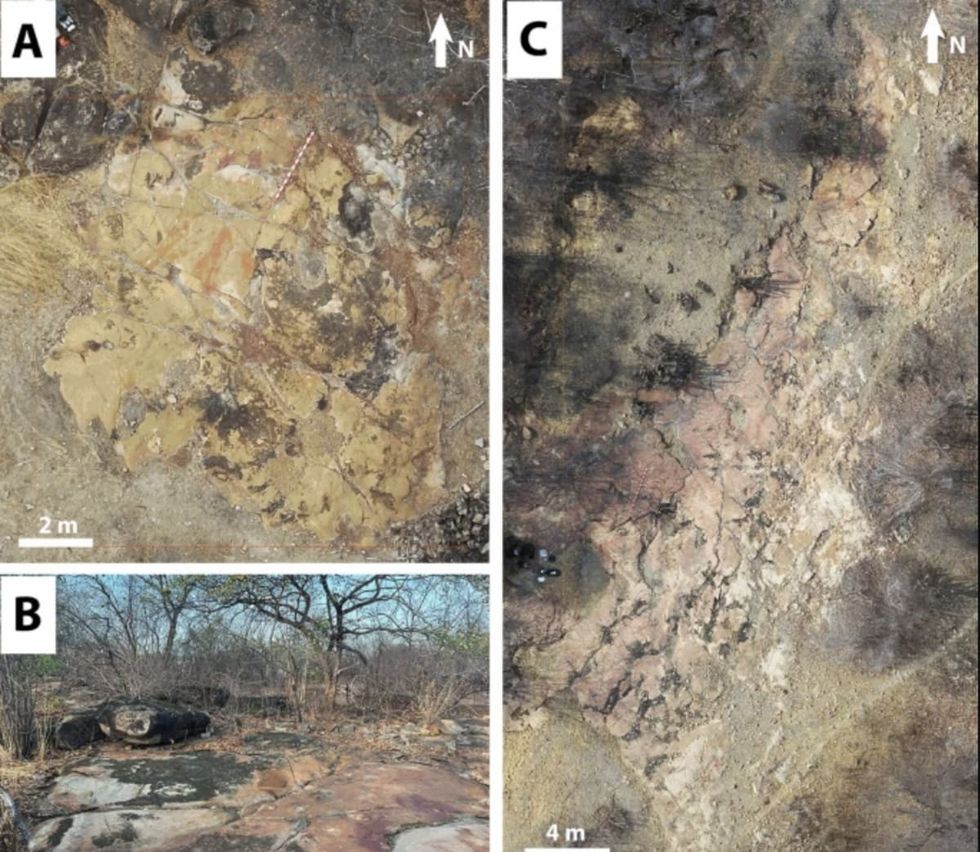 Image frmo Scientific Reports of ancient artwork.Image Source:
Image frmo Scientific Reports of ancient artwork.Image Source: 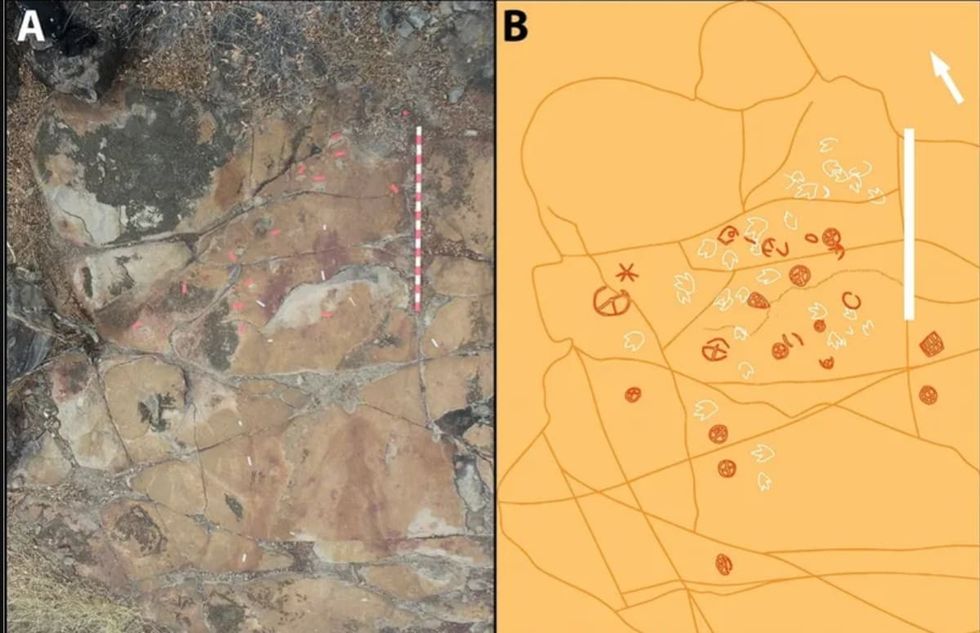 Image frmo Scientific Reports of ancient artwork.Image Source:
Image frmo Scientific Reports of ancient artwork.Image Source: 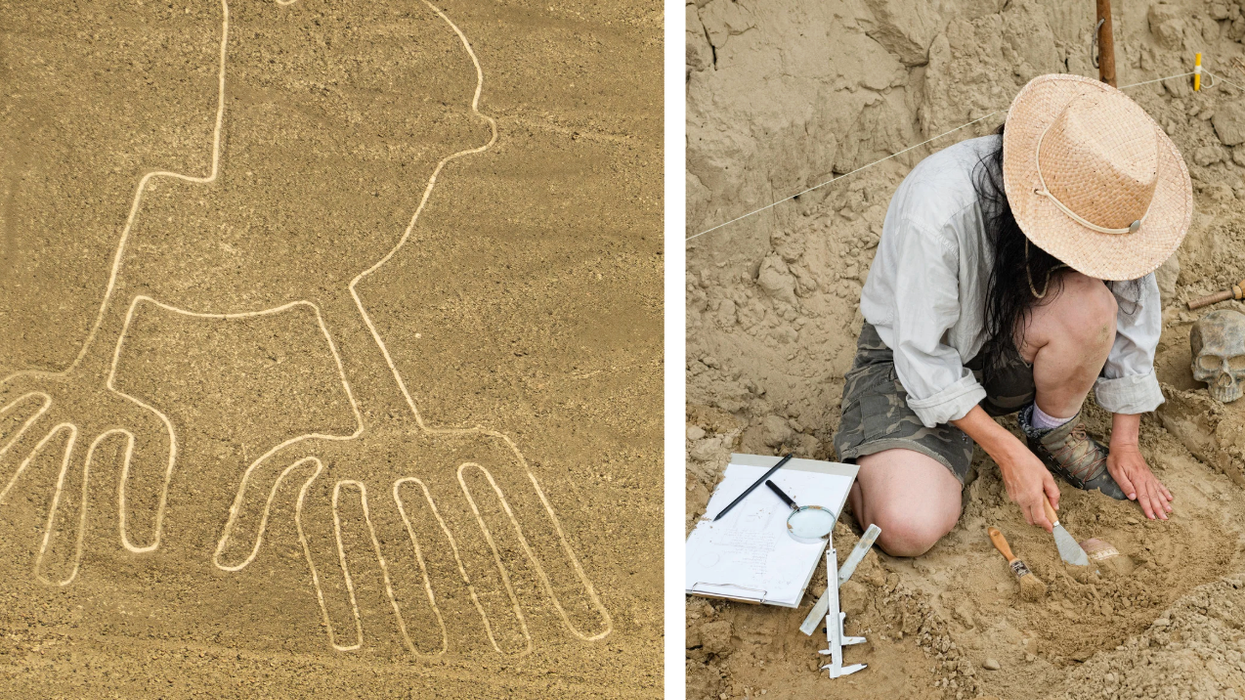

 It's difficult to imagine seeing a color and not having the word for it. Canva
It's difficult to imagine seeing a color and not having the word for it. Canva
 Sergei Krikalev in space.
Sergei Krikalev in space. 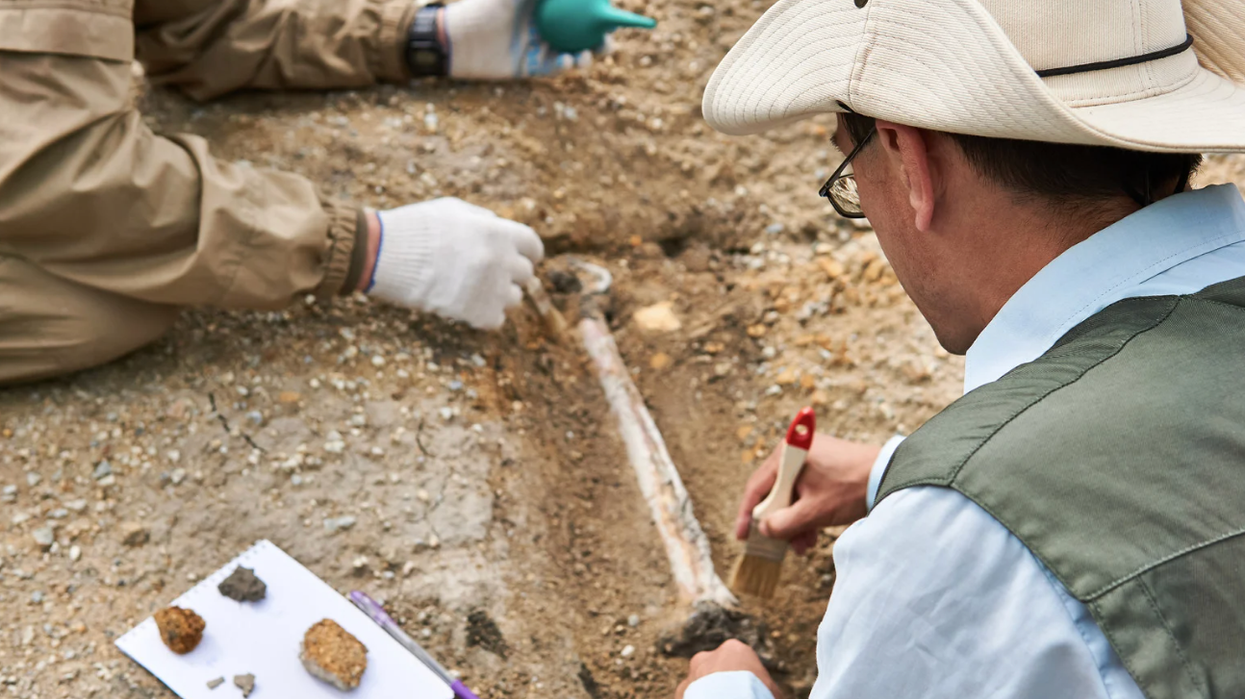

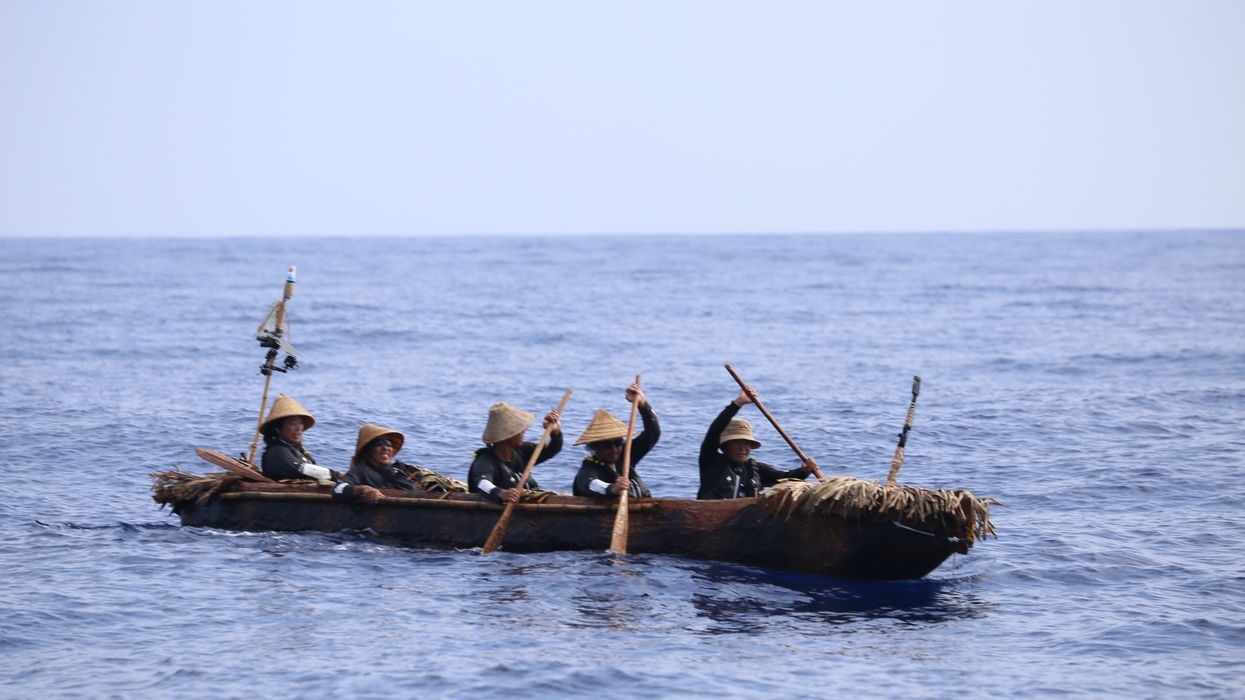
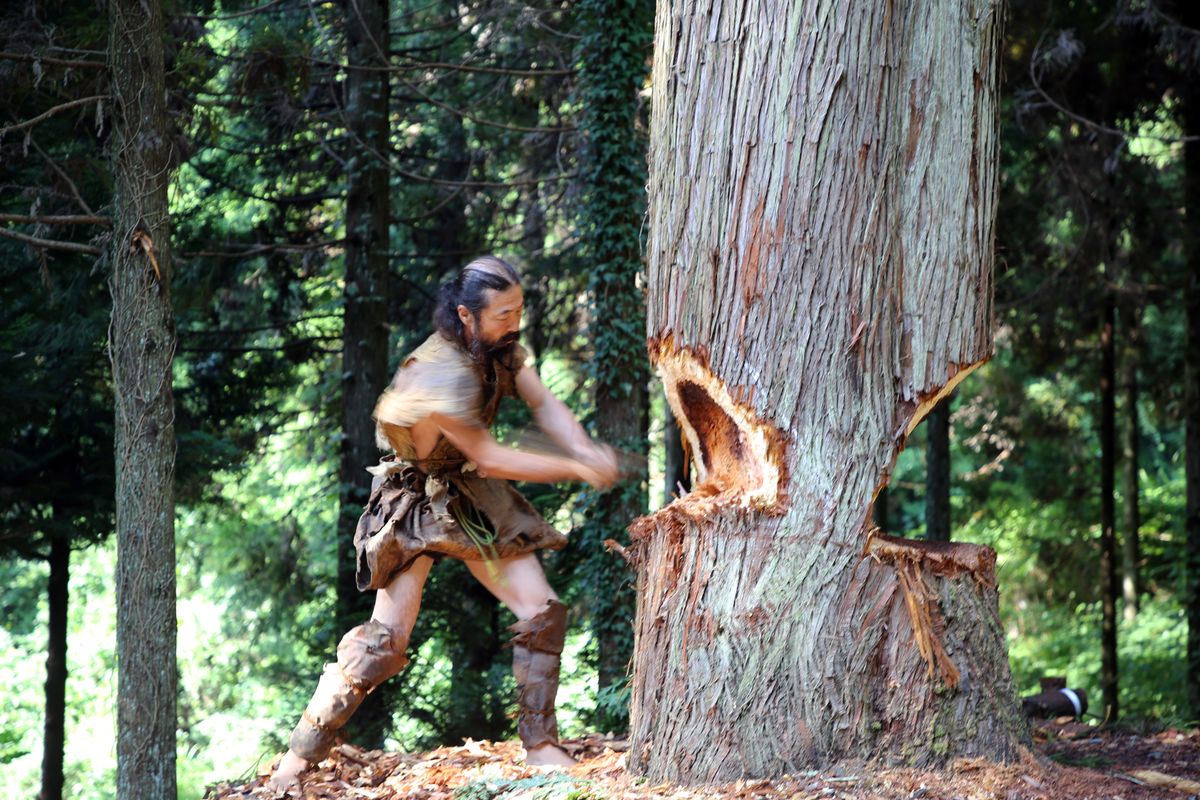 The team also crafted their canoe using ancient methods and Stone Age-style tools. National Museum of Nature and Science, Tokyo
The team also crafted their canoe using ancient methods and Stone Age-style tools. National Museum of Nature and Science, Tokyo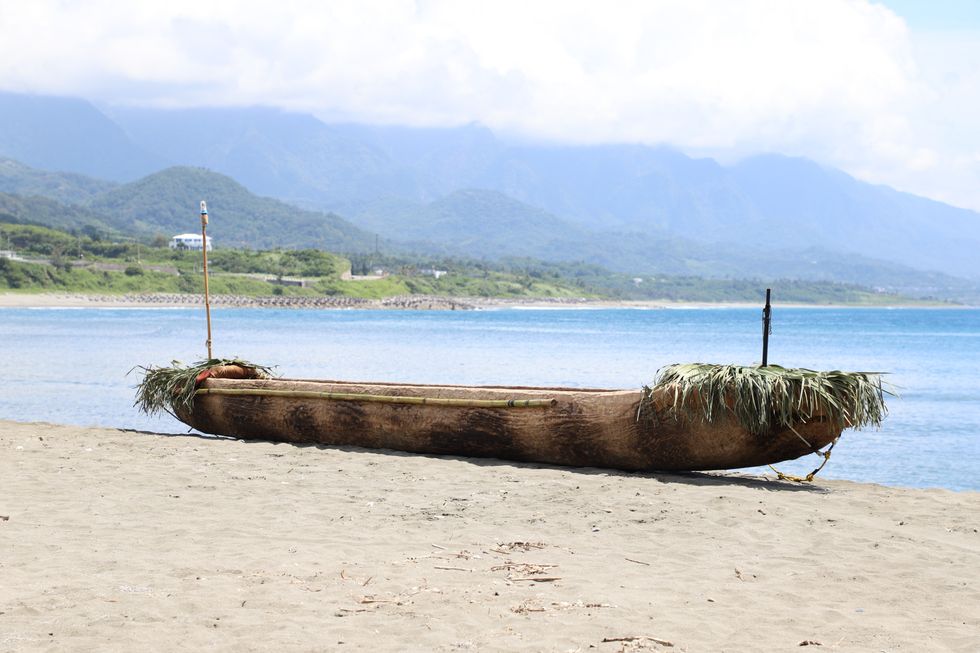 The cedar dugout canoe crafted by the scientist team. National Museum of Nature and Science, Tokyo
The cedar dugout canoe crafted by the scientist team. National Museum of Nature and Science, Tokyo